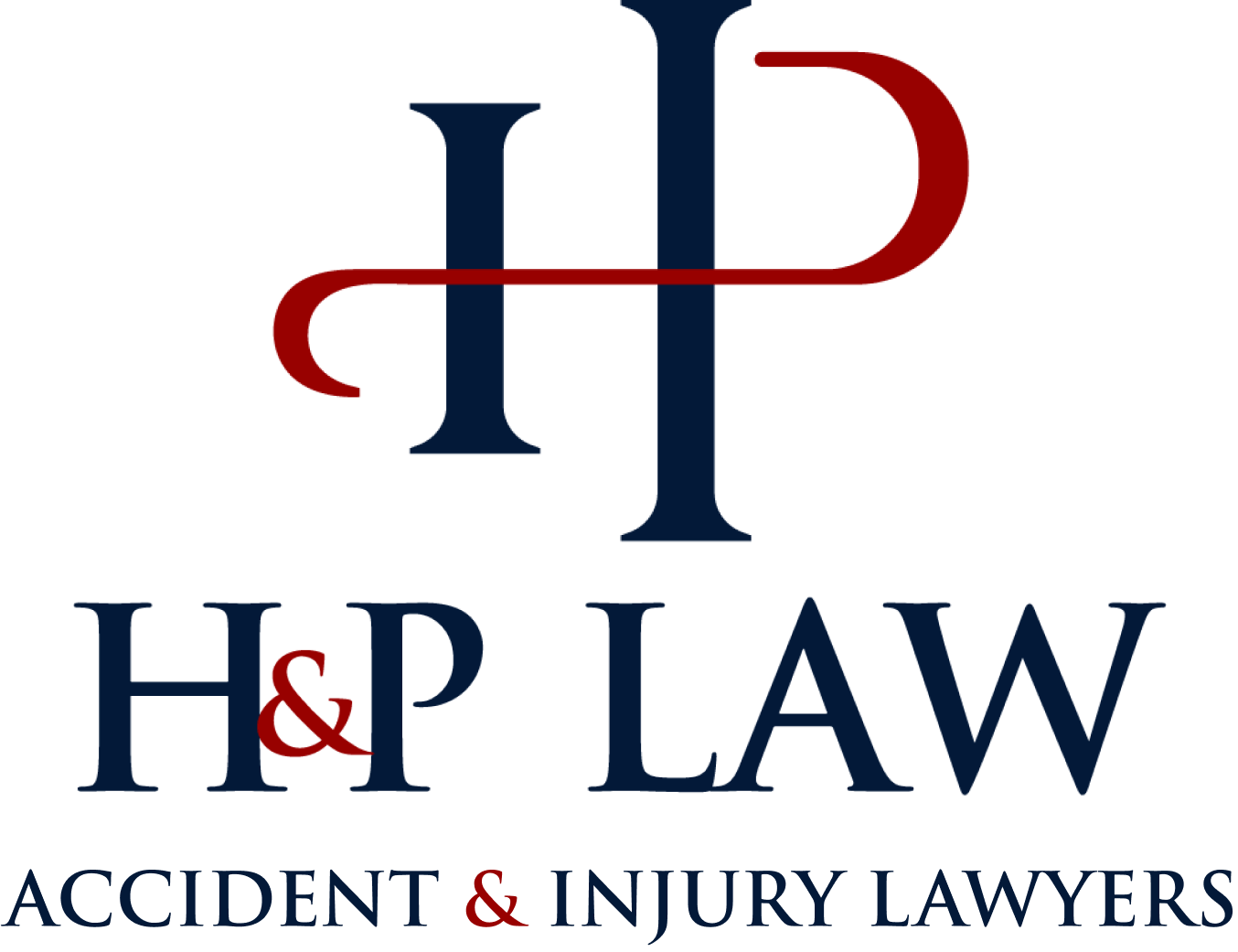
Traffic accidents in the United States were responsible for an estimated 20,160 deaths through the first half of 2021, according to data released by the National Highway Traffic Safety Administration (NHTSA). Traffic roundabouts offer a form of personal injury reduction that can be implemented in a variety of different roadway environments. Read on for information on how roundabouts can reduce personal injury risk.
Traffic Roundabouts Defined
A traffic roundabout is a one-way circular intersection where traffic flows around a center island, typically made of raised concrete or gravel. In a roundabout, there are no stop signs or turn signals.
Vehicles in a roundabout move in a counterclockwise manner. A vehicle attempting to enter a roundabout must yield to traffic already in the roundabout. Traffic in a roundabout enters and exits only through right turns, at speeds that are significantly reduced compared to standard lanes of traffic.
Benefits of Traffic Roundabouts
There are many benefits to traffic roundabouts. For example, roundabouts require cars to operate at a much lower speed than signalized intersections, which reduces the risk of significant personal injury in the event of a collision compared to traditional signalized intersections. Drivers cannot simply speed through a roundabout in the same way they can speed through a red light.
Roundabouts also reduce traffic delays while also increasing traffic capacity. Because cars rarely need to stop when entering or exiting a roundabout, traffic flows in a much more consistent and fluid manner as opposed to the stop-and-go system of traditional signalized intersections. This also allows for significantly more cars to traverse through the intersection at any given point in time compared to traffic lights.
Roundabouts also lead to reduced operational costs for municipalities over the long term compared to traditional electronic traffic signals. Roundabouts require very little maintenance and upkeep, and are less susceptible to malfunction due to inclement weather.
In addition to being aesthetically pleasing compared to traffic signals, these traffic control devices are also more environmentally friendly. This is due in large part to less vehicle emissions, fuel use, and noise compared to traffic signals.
Challenges Associated With Roundabouts
While the benefits of traffic roundabouts are clear from the preceding section, there are some challenges posed by these traffic control devices. For instance, pedestrians face unique challenges when encountering roundabouts. Because there is no dedicated signal or break in traffic, pedestrians must exercise caution when traversing across these intersections in order to reduce their risk of personal injury. Pedestrians who are visually impaired must be extra cautious in these environments.
In addition, there will always be negligent drivers who disregard the safe speeds and traffic flow that roundabouts attempt to support. When drivers are injured in a collision due to another driver’s negligence while going through a roundabout, contacting an experienced local personal injury attorney is highly advised.
When to Contact an Attorney
When drivers disregard the rules of the road and cause an accident, victims are likely going to want to explore their options for litigation. For years, the attorneys at H&P Law have been helping accident victims in Las Vegas and throughout Nevada as they fight for their rights to fair compensation. Contact H&P Law today for insight you can trust.




